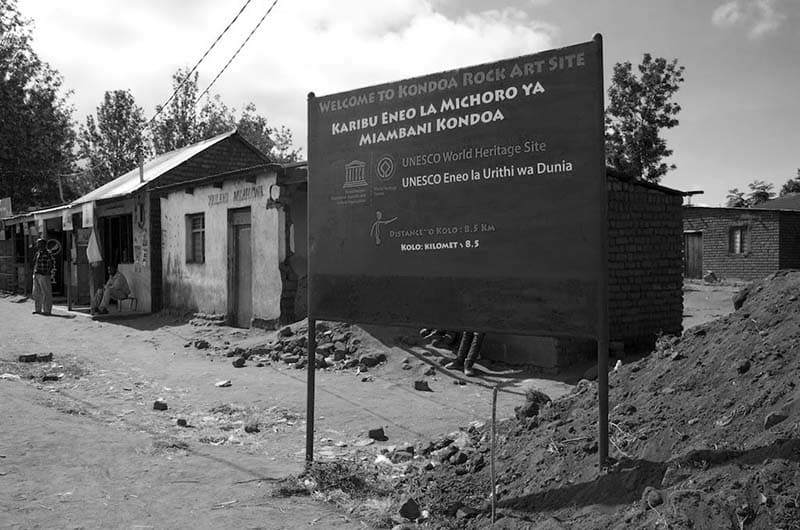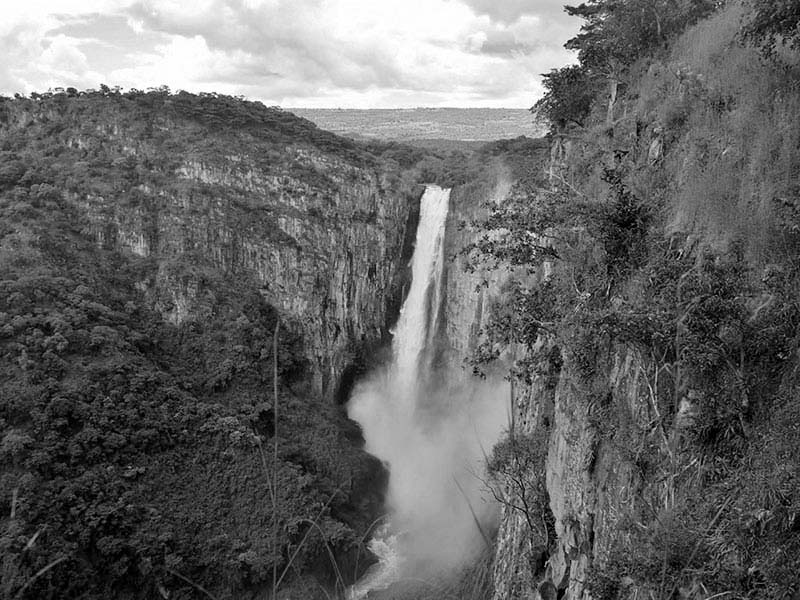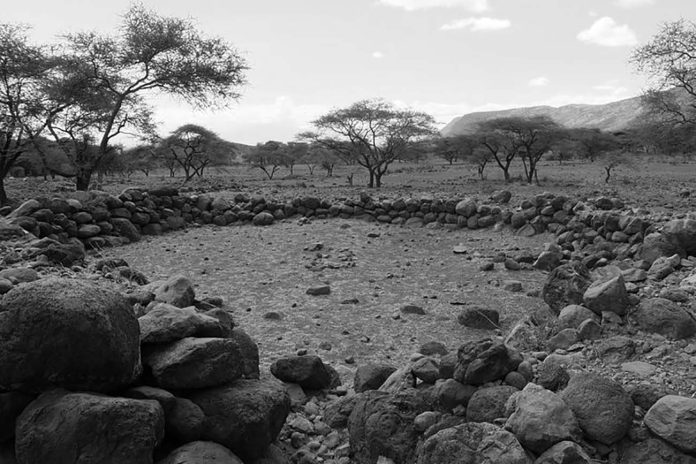Tanzania Historical Sites: An Extensive Guide to Their Origins and Development
The Antiquities Division of the Tanzanian Ministry of Natural Resources and Tourism has compiled a list of all Tanzania historical sites that qualify as National Historic Sites. As of right now, the list is unfinished and being updated.
The Beginnings of Historical Sites Found in Tanzania
In 1937, under the colonial mandate in Tanganyika Territory, the British government enacted the Monuments Preservation Ordinance, which included the National Historic Sites. In 1957, the Antiquities Division of the Pwani Region, based in Bagamoyo, was moved to the Ministry of Education. The office moved to Dar es Salaam in 1960. The Antiquities Act No.10 of 1964 replaced the Monuments Preservation Ordinance of 1937 after Tanzania gained its independence in 1964. The 1964 Act was amended by Antiquities Act No.22 of 1979 and was reamended by Act No.13 in 1981 Objects Monuments.
List of Tanzania Historical Sites
Here you can find all Historical sites in Tanzania. An extended set of sites is provided.
The City of Arusha:
- Located in the Olduvai Gorge historical sites Tanzania within the Ngorongoro Region: Hominid Fossils.
- The Ngorongoro Region’s Laetoli: Hominid Fossils.
- Irrigation furrows in Engaruka, Monduli District.
- The Nasera Rock Shelter in the Ngorongoro Conservation Area: Stone Age Site.
- The Mumba Cave’s Iron Age and Stone Age.
- The Peninj, at the Ngorongoro Region: Hominid Fossils.
The City of Dar es Salaam:
- The Ruins of Kunduchi: a Medieval Swahili Settlement.
Dodoma:
- Rock Paintings by Kondoa Irangi.
- Sites of Bahi Rock-Art

Iringa:
- The Isimila historical sites Tanzania (Isimila Museum) and the Kalenga Stone Age Site, also known for the 19th Century Defenses and Capital
Kagera:
Iron Age Sites of Kemondo.
Iron Age Site of Katuruka.
Stone Age Site of Nyabusora.
Kigoma:
- The honor of Dr. Livingstone’s Ujiji Town
- The Iron Age Site of Uvinza
Kilimanjaro:
- The 19th Century cave sanctuaries with Marangu Defences.
Lindi:
- The ancient Swahili settlement: Kilwa Kisiwani.
- The ancient Swahili settlement: Kivinje.
- The ancient Swahili settlement: Songo Mnara Ruins.
- The ancient Swahili settlement: Sanje ya Kati.
- The old Lindi town.
Manyara:
- The Neolithic Site of Luxmanda.
Mbeya:
Morogoro:
- The Iron Age Site Dakawa.
Mtwara:
- The Historic Mikindani Town.
Mwanza:
- The Sukuma Museum.
Pwani:
- Bagamoyo historical sites Tanzania.
- The ancient Swahili settlement: Kaole Ruins.
- The ancient Swahili settlement: Chole.
- The ancient Swahili settlement: Kisimani Mafia.
Rukwa:
- The Iron Age and Stone Age Site: Kalambo Falls.

Tabora:
- Livingstone’s Tembe
Tanga:
- The ancient Swahili settlement: Tongoni Ruins.
- The ancient Swahili settlement: Toten Island.
- The ancient Swahili settlement: Pangani.
- The Capital of Kilindi Dynasty Vugha.
- The ancient Swahili settlement: Yambe Island.
Northern Zanzibar:
- The ancient Swahili settlement: Tumbatu.
Western Zanzibar Urbanization:
- The ancient Swahili settlement: Stonetown.
Southern Zanzibar:
- The ancient Swahili settlement: Unguja Ukuu.
- Kuumbi Cave
- The ancient Swahili settlement: Kizimkazi Mosque.
Northern Pemba:
- The ancient Swahili settlement: Chwaka.
- The ancient Swahili settlement: Mtambwe Mkuu.
- The ancient Swahili settlement: Tumbe.
- The ancient Swahili settlement: Mkia wa Ng’ombe.
- The Tanzania historical sites of Msuka Mjini.
- The ancient Swahili settlement: Mduuni.
- The ancient Swahili settlement: Kichokochwe Ruins.
Southern Pemba:
- The ancient Swahili settlement: Mkama Ndume.
- The ancient Swahili settlement: Pujini Ruins.
- The ancient Swahili settlement: Chambani.
- The ancient Swahili settlement: Ras Mkumbuu.
- The ancient Swahili settlement: Shamiani.
Tanzania Historical Sites Ministries and Leadership
The following people have headed the division of antiquities:
- Curatorship (1957-1968): Neville Chittick,
- 1968–1981 saw Amin Aza Mutri in the director role.
- From 1981 to 1985, Simon S.A. Waane was the Head of Section; from 1985 to 1997, he was the Director; from 2000 to the present,
- Donations M.K. Kamamba has been in charge of agriculture.
The following department’s report to the following ministries:
- The Ministry of Education from 1957 to 1962.
- Ministry of National Culture and Youth from 1962 to1964.
- Presidential Administration, 1964to 1967.
- Regionalism and the Ministry of Regional Administration from 1967 to 1968.
- National Education Ministry from 1968 to 1980.
- Minister of Culture and Information from 1980 to 1984.
- Department of Cultural Affairs, Youth and Sports from 1984 to 1999.
- Department of Conservation and Tourism since 1999.
References
- The Ministry of Environment and Tourism’s “Division of Antiquities”
- The “Antiquity Act of 1964” (PDF).
- The “Antiquities Act of 1974” (PDF).
- Sites With Antiquities (PDF).
- Managing Cultural Heritage in Tanzania’s Protected Areas: Current Issues and Future Prospects.
- Essay published by University of London Press; To cite this entry: Wolfe, L. (1975).
- Where Tanzania is Located on Maps (pp. 98–99)
- Historical sites in Tanzania pdf
For more articles related to Tourism in Tanzania, click here!


































